
One of the first things you do when starting a new business or launching a new product is to pick the right name for it. It’s certainly understandable because, after all, what’s in a name? Everything! But sometimes, business owners have to radically rethink even successful product titles.
Have you ever noticed that product names differ from country to country? The packaging design remains the same but the moniker changes. It often leaves the international traveler standing in front of the shelf at the store looking at familiar packaging but wondering about the strange ‘new’ name.
Sometimes companies have to change the names of their existing products for both the domestic and international markets. Obviously, rebrands aren’t cheap, so let’s examine the circumstances that can force businesses to choose such costs.
Table of Contents
Expansion to a New Market
When a company plans on entering a local market, it’s always a good idea to check if their product names are suitable for it. Names can be either too complicated to pronounce in the target language or not mean anything. On the other hand, they may have undesirable meanings. The very best option here is to consult a local marketing agency, but that can be extremely expensive and cost-prohibitive for some companies. Business owners can also Google professional online translation services or just consult native-speaking friends.
Let’s look at some well-known companies who have played with names in different countries.
Lay’s potato chips are known as Walkers in the United Kingdom and Ireland, Sabritas in Mexico, Tapuchips in Israel, and Chipsy in Egypt.
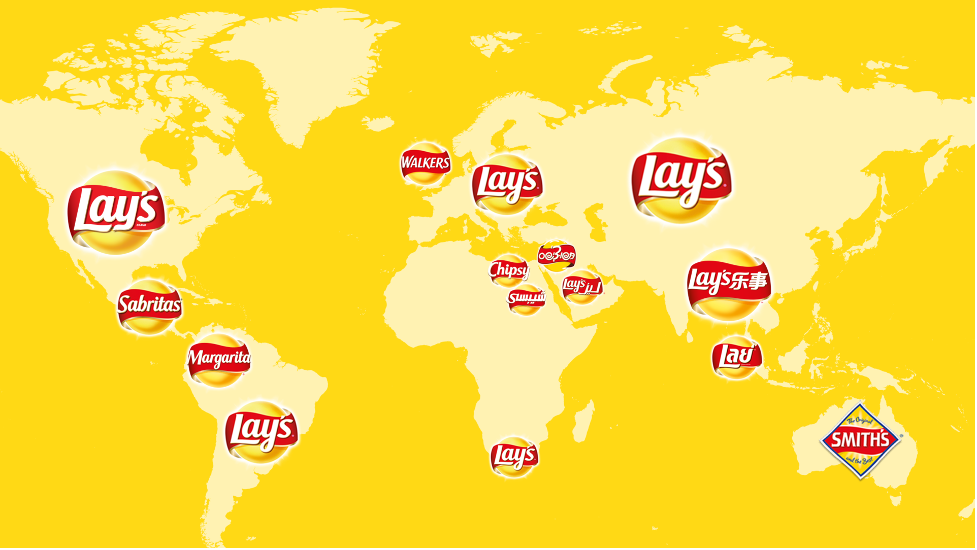
Mr. Clean from Procter & Gamble is Meister Proper in Germany, Don Limpio in Spain, Monsieur Propre in Belgium and France, and Pan Proper in Poland. The surprising thing is that it’s sold as Flash in the United Kingdom and Ireland instead of remaining Mr. Clean as in the US. That happened because the trade name Mr. Clean was already taken by another company when Procter & Gamble came to the market. And that’s the next point I want to talk about.
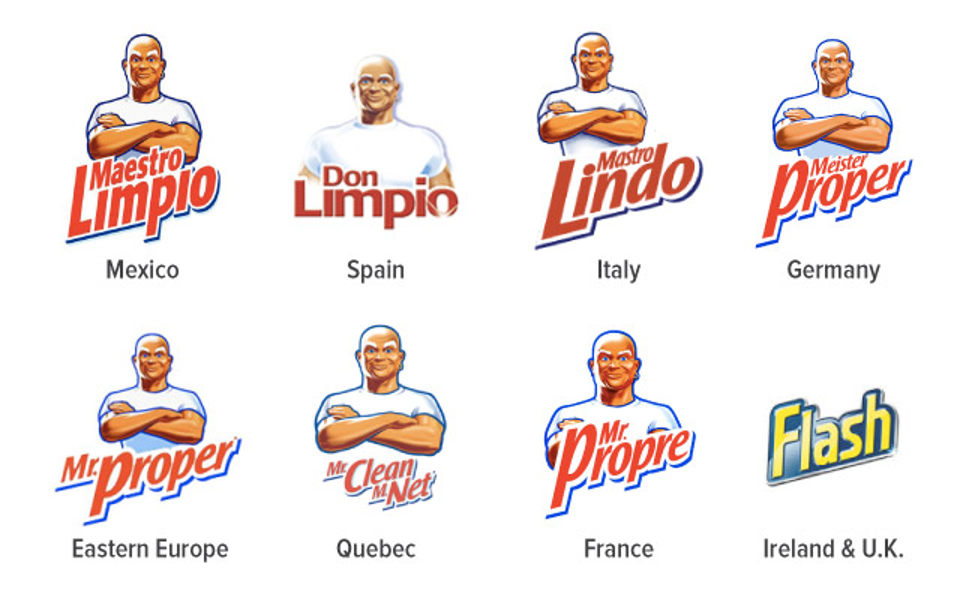
Legal Reasons
Names may change from country to country because a trademark is owned by another company that registered it first in that particular region. That’s why Procter & Gamble had to pick another name for Mr. Clean in the UK, and I can tell you another story of a well-known company that faced the same problem: Burger King.
Having achieved success in the US, the company started opening restaurants all around the world. But they had a surprise waiting for them in Australia. Their business name was already taken, so the company had to pick another one. So the next time you find yourself in Sydney, you’ll know that Hungry Jack’s isn’t a local business; it’s an Australian Burger King!
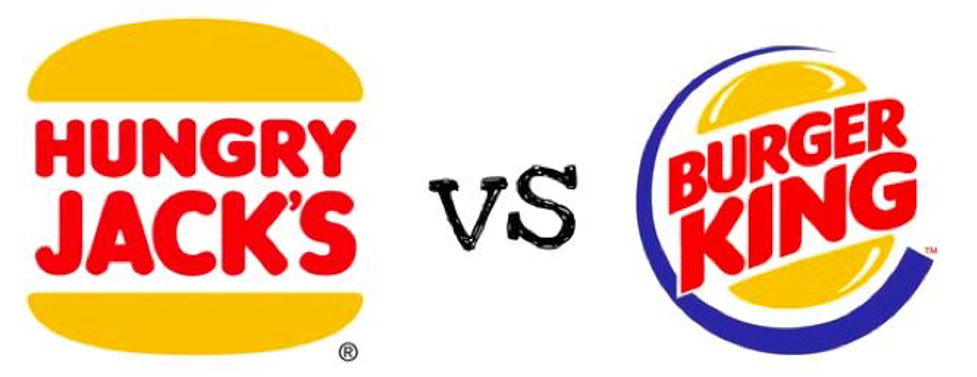
Bad connotations
Product names don’t just come across the issue of being hard to pronounce or meaningless; they can also evoke negative associations. That’s why Crest toothpaste goes as Oral-B and Blend-A-Med in some European countries. ‘Crest’ sounds similar to the Slavic word ‘cross’. Russian has the expression ‘postavit’ crest‘, meaning ‘to stop something once and for all’. Customers obviously don’t want to put an end to their teeth!
Estée Lauder got lost in translation in the German market. In the 1960s, they offered German customers a skincare product called Country Mist. There was just one problem: ‘mist‘ in German means ‘manure’. No wonder nobody wanted to apply such a dubious substance to their faces.
Here’s another story from the Russian market: in the 1990s, Danone introduced their baby food brand Bledina. Despite the product’s popularity in other European countries and the company’s aggressive advertising campaigns, the target audience didn’t accept the brand. Young mothers didn’t want to feed their babies with food called Bledina, which sounds like a Russian profanity meaning a less-than-reputable promiscuous woman. Eventually, the commercial with the slogan ‘Bledina is everything your child needs’ ended up being parodied in a popular comedy show. That wasn’t exactly the kind of popularity Danone expected to gain!

Second Chance
While companies occasionally fail on their first attempt to enter a market, some companies never despair and try to conquer the market with a new brand name. That’s what L’Oréal did with its Elseve shampoos in England. The new name consisted of two parts. The first, ‘El’, referred to the initial brand name ‘Elseve’; the second referred to the American variety ‘Vive’. As such, the successful title ‘Elvive’ was born.
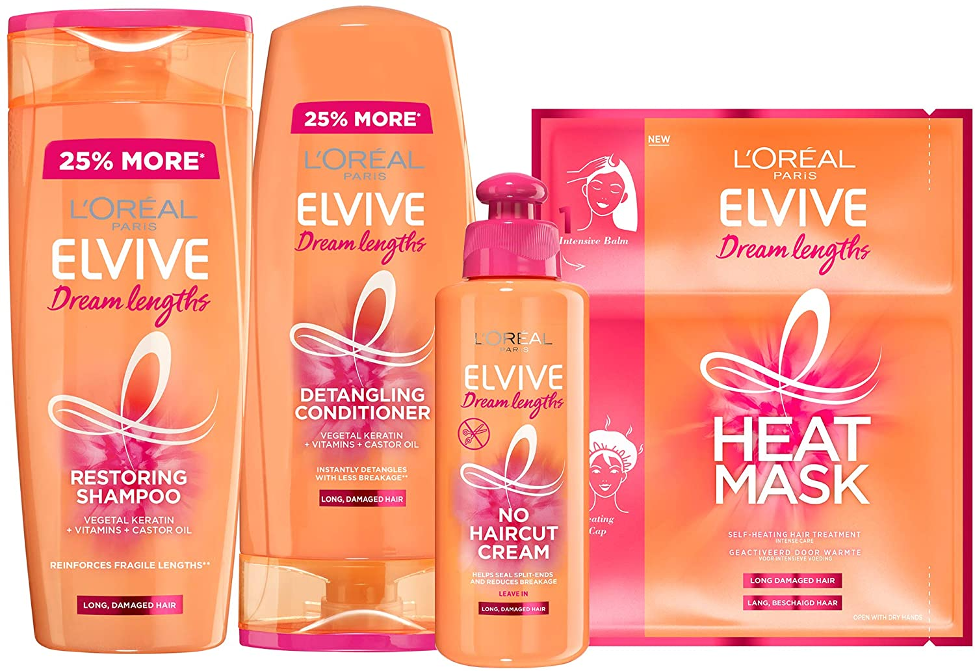
Maintaining Customer Loyalty
If the world experiences significant changes, the production and positioning of products are usually affected in one way or another, such as in the effort to combat racial prejudice. To retain customer loyalty, companies are willing to change their names, logos, and, sometimes, even their whole corporate identity.
To respect the feelings of indigenous Arctic communities, the US company Dreyer’s decided to change the name of their popular chocolate-covered vanilla ice cream bar Eskimo Pie to Edy’s Pie. In addition, Uncle Ben’s will replace ‘uncle’ with ‘original’ as a sign of support for the African-American population.
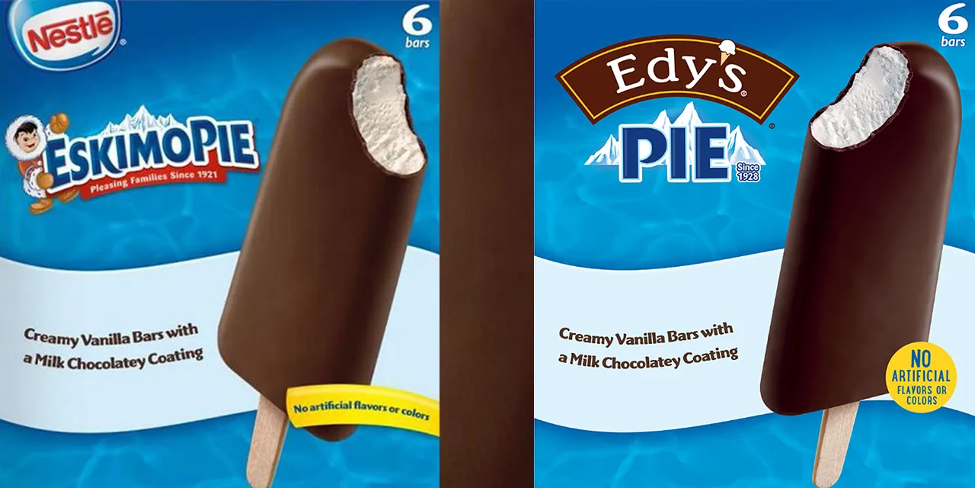
Final Thoughts
Changing a brand name is a major decision that is both psychologically devastating and considerably expensive. Therefore, a company should carefully weigh the pros and cons of doing so.
However, some cases show that such an investment may be inevitable or justified by future profits from the target market, maintaining customer loyalty, or even legal reasons.